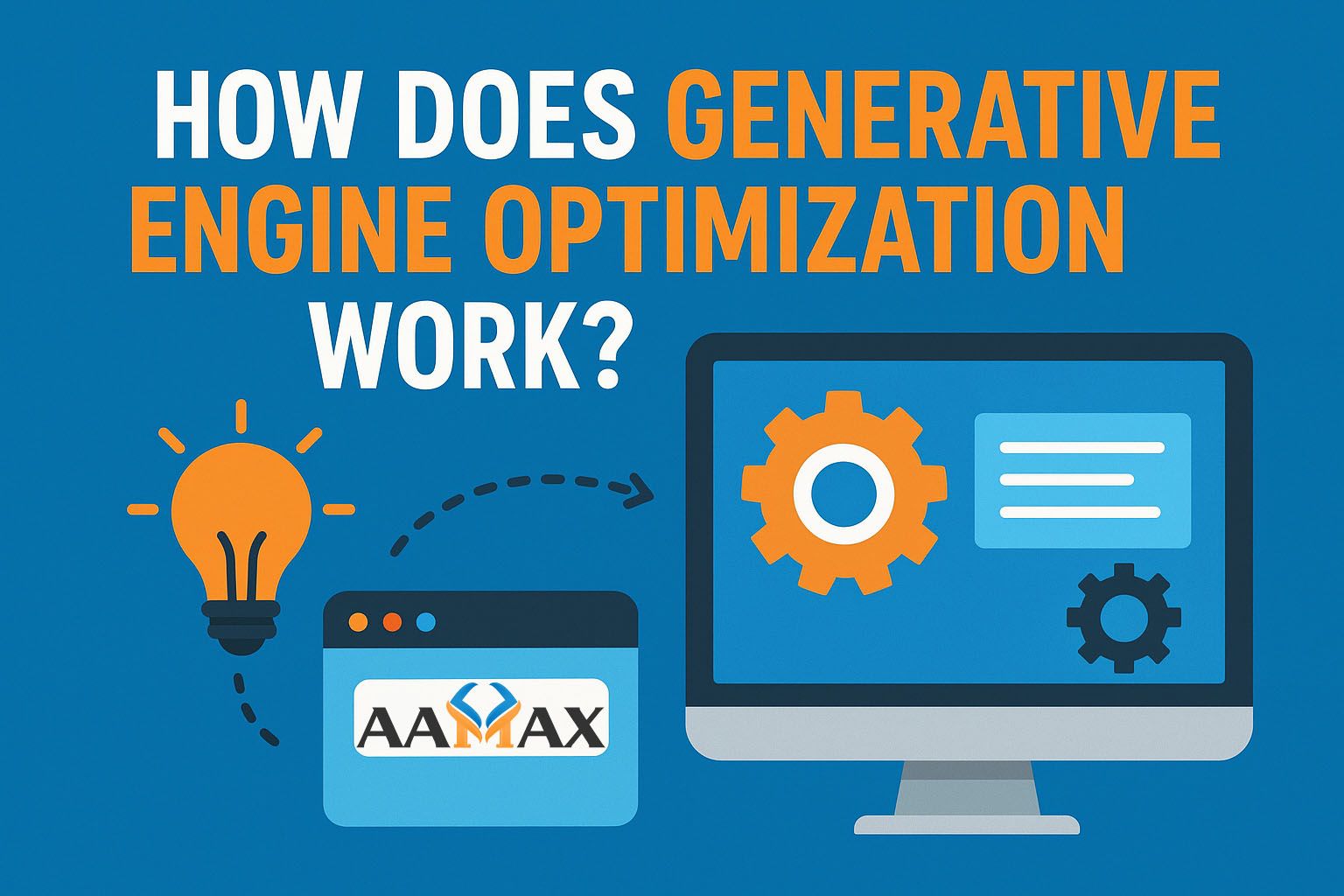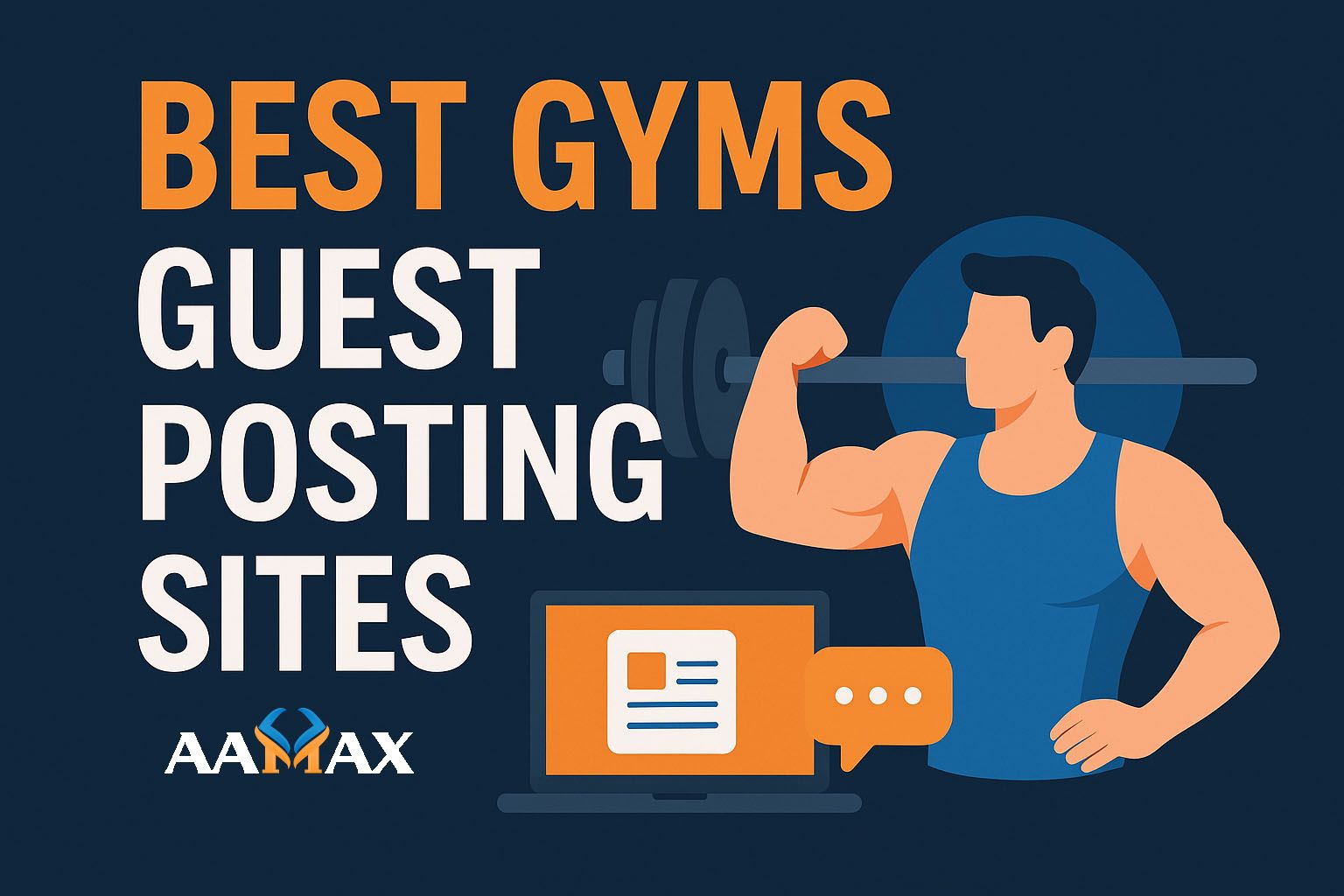
How Does Generative Engine Optimization Work
The rapid rise of Generative AI technologies such as ChatGPT, Google Gemini, and Claude has revolutionized how people search, consume, and interact with online information. This transformation has given rise to a new branch of digital marketing — Generative Engine Optimization (GEO). Just as traditional SEO (Search Engine Optimization) focused on improving visibility in search engines like Google, GEO focuses on ensuring that content is discoverable, understandable, and featured within AI-generated answers.
In this in-depth article, we’ll explore how Generative Engine Optimization works, why it matters, and how you can prepare your business to stay ahead in this AI-driven search landscape.
What Is Generative Engine Optimization (GEO)?
Generative Engine Optimization is the process of optimizing digital content so that AI-powered generative engines can easily discover, interpret, and incorporate it into their responses. Instead of optimizing for keyword-based search engines, GEO focuses on optimizing for AI assistants that generate natural-language answers based on large datasets and web information.
While traditional search engines display a list of clickable links, Generative Engines synthesize answers directly in text form. For example, if a user asks, “What are the best budget laptops for students in 2025?”, a generative engine won’t just display links — it will generate a summary with product suggestions, specifications, and possibly pricing.
In this context, Generative Engine Optimization ensures that your website or brand is referenced, cited, or used as a source in these AI-generated responses.
How Generative Engines Differ from Search Engines
To understand how GEO works, it’s essential to grasp how Generative Engines differ from traditional search engines.
| Aspect | Search Engine (SEO) | Generative Engine (GEO) | |--------|---------------------|--------------------------| | Output | List of ranked web links | Synthesized text-based answers | | User Intent | Keyword-based queries | Conversational, contextual queries | | Ranking Factor | Backlinks, content relevance, and keywords | Context, structure, factual accuracy, and authority | | Goal | Direct users to websites | Provide complete answers within the engine | | Optimization Target | Search engine crawlers | AI models and data aggregators |
In simple terms, while SEO focuses on ranking high in search results, GEO focuses on being included in AI-generated content and recommendations.
The Core Mechanism Behind Generative Engine Optimization
Generative Engine Optimization works by aligning your content and website data with the way AI models interpret, summarize, and present information. Here’s how the process works step by step:
1. Data Discovery and Ingestion
Generative engines continuously crawl and ingest data from the web, just like traditional search engines. They rely on structured, semantically rich information to understand context. This means:
- Structured data markup (Schema.org) is critical.
- Consistent product, brand, and service details across all digital touchpoints improve reliability.
- High-authority sources and reputable backlinks enhance your visibility in AI-driven responses.
2. Content Understanding and Context Building
Unlike search crawlers that analyze keywords and metadata, generative models focus on contextual relationships. They interpret your content semantically to answer user questions.
For example, if your website discusses “eco-friendly packaging solutions,” the AI engine will identify your expertise in that domain. It may then reference or summarize your content in responses to related queries like “How can businesses reduce plastic waste in packaging?”
Thus, your optimization should focus on context-rich language, clear structure, and depth of expertise.
3. Trust and Credibility Scoring
AI models weigh the trustworthiness of content sources. Generative engines are trained to favor reliable, accurate, and well-structured data.
Factors that influence credibility include:
- Verified business information
- Author bios and credentials
- User reviews and testimonials
- Quality backlinks from reputable sources
- Positive sentiment across social platforms
These trust signals help AI models determine whether to reference your website in generated responses.
4. Integration Into Generated Responses
Once the generative engine identifies your content as relevant and credible, it integrates information from your site into AI-generated answers. These references can appear as:
- Summarized facts or statistics
- Product recommendations
- Citations or hyperlinks (depending on the engine)
- Descriptive mentions of your brand or offering
The better optimized your content is for clarity, structure, and factual depth, the higher your chances of being included in these AI-generated narratives.
Key Elements That Drive Generative Engine Optimization
To effectively optimize for generative engines, businesses must focus on several key areas.
1. Structured Data and Schema Markup
Structured data acts as a language bridge between your website and AI systems. Implementing Schema markup helps generative engines understand what your content represents.
For e-commerce sites, use:
- Product Schema to define product names, descriptions, and pricing.
- Review and Rating Schema to highlight customer satisfaction.
- Organization Schema for brand consistency and contact info.
- FAQ Schema to directly address user questions.
This structured approach ensures that your data is machine-readable and discoverable by AI systems.
2. Content Depth and Semantic Relevance
Generative engines prioritize semantically rich content — meaning content that provides depth, detail, and clarity. Instead of stuffing keywords, focus on topic completeness.
Strategies include:
- Covering topics comprehensively with supporting data.
- Using natural language similar to user queries.
- Including examples, case studies, and use cases.
- Avoiding vague or thin content.
The goal is to create content that helps AI understand why your information is authoritative and useful.
3. E-E-A-T Framework: Experience, Expertise, Authoritativeness, and Trustworthiness
E-E-A-T (a Google concept adopted by most AI systems) remains central to GEO. Demonstrating these qualities ensures your content is recognized as credible.
- Experience: Share real-world applications, customer results, and testimonials.
- Expertise: Include author credentials and industry insights.
- Authoritativeness: Earn links and mentions from respected sources.
- Trustworthiness: Maintain transparency with clear contact details, privacy policies, and accurate claims.
By adhering to E-E-A-T, you strengthen your reputation in the eyes of both humans and AI engines.
4. Conversational Optimization
Generative AI engines thrive on natural, conversational language. Your content should reflect how people speak and ask questions.
Instead of optimizing for “best running shoes,” try:
- “What are the best running shoes for beginners?”
- “Which running shoes are most comfortable for long-distance runs?”
Add FAQs, how-to sections, and comparison tables to make your content more relevant for conversational queries.
5. Visual and Multimedia Optimization
Generative engines are becoming multimodal — meaning they interpret not just text but also images, videos, and audio. Optimize all forms of content by:
- Adding descriptive alt text for images.
- Using video transcripts and captions.
- Embedding interactive content like infographics or 3D product views.
This enhances your visibility across multimodal AI results and voice-assisted searches.
6. Data Consistency Across Platforms
AI models draw from multiple data sources — your website, social media, directories, and third-party listings. Consistency is key.
Ensure that:
- Your business name, address, and contact info are identical everywhere.
- Product details match across all marketplaces.
- Pricing and descriptions remain up-to-date.
Consistency reinforces reliability, improving your inclusion in AI-generated content.
7. Backlinks and Mentions Still Matter
Although generative engines don’t rank pages the same way as Google, backlinks still signal authority and relevance. A site frequently cited by others is more likely to be referenced by AI systems.
Focus on:
- Guest posts on reputable websites
- Press releases on trusted media outlets
- Collaborations and partnerships
- Positive reviews and mentions on social platforms
These efforts strengthen your content’s credibility footprint.
How GEO Differs From SEO in Practice
Traditional SEO focuses on ranking algorithms, while GEO focuses on data comprehension and contextual value. Here’s how they differ in approach:
| Optimization Area | SEO Focus | GEO Focus | |--------------------|-----------|-----------| | Keywords | Target phrases | Conversational intent | | Ranking Signals | Backlinks, keywords, CTR | Structured data, factual accuracy | | Content Length | SEO-optimized blog length | Depth, clarity, and completeness | | User Engagement | Clicks and dwell time | Relevance to query and summary value | | Platform Goal | Rank higher on SERPs | Be referenced by AI-generated answers |
Essentially, GEO is the next evolution of SEO — not a replacement, but an expansion that requires adapting to AI-driven search ecosystems.
The Future of Generative Engine Optimization
As AI technology evolves, generative engines will become more interactive and personalized. The future of GEO will likely involve:
- AI-Personalized Recommendations: Tailoring content to user preferences and past behavior.
- Voice Search Optimization: Adapting for conversational, voice-first interfaces.
- Multimodal Optimization: Optimizing for image, video, and AR-based results.
- Knowledge Graph Integration: Connecting data across platforms for seamless interpretation.
Businesses that embrace GEO early will enjoy significant advantages in brand visibility, organic reach, and customer engagement.
How to Implement Generative Engine Optimization
To implement GEO effectively, follow this step-by-step process:
- Audit your website’s data structure — ensure proper use of schema and metadata.
- Revise your content for conversational tone and topic completeness.
- Enhance credibility signals using author bios, verified reviews, and secure site policies.
- Align multimedia assets with structured data (e.g., alt text, captions).
- Monitor AI visibility — track when and how your content is being used in generative outputs.
- Update frequently to stay relevant as AI models refresh their data sources.
These steps position your content for better inclusion and prominence within AI-driven search ecosystems.
Partner With Experts to Optimize for Generative Engines
Generative Engine Optimization requires a blend of technical precision, strategic content planning, and AI-awareness. It’s not just about writing for humans — it’s about writing for machines that write for humans.
If you’re ready to future-proof your online presence, consider partnering with professionals who understand both SEO and AI-driven discovery. One reliable choice is AAMAX, a full-service digital marketing company offering Web Development, Digital Marketing, and SEO Services. Their team can help you structure, optimize, and scale your content strategy for visibility in the generative AI era.
Conclusion
Generative Engine Optimization is transforming how digital content is discovered and consumed. By focusing on structured data, contextual depth, conversational tone, and credibility, businesses can ensure their information is not just visible — but usable by AI systems that power the next generation of search.
In essence, GEO bridges the gap between human intention and machine understanding. The future of online visibility won’t depend solely on keywords or rankings, but on how effectively your content can be interpreted, summarized, and trusted by generative engines.
Now is the time to adapt. The brands that invest in GEO today will become the most referenced and recommended voices of tomorrow.







